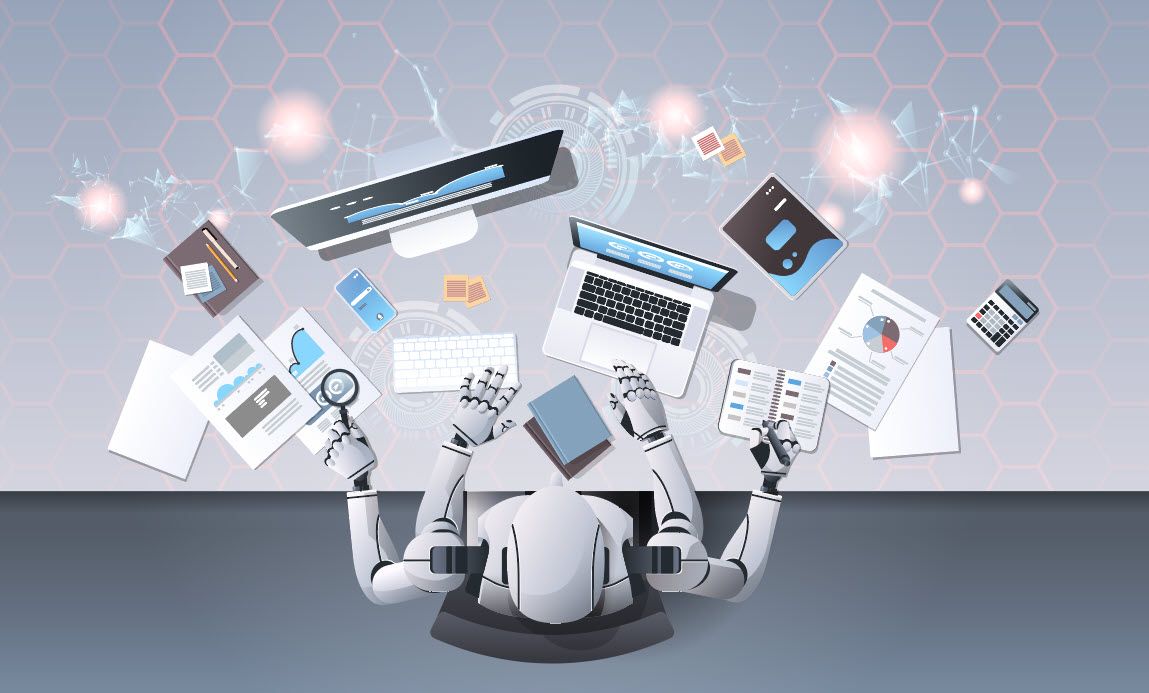
In today’s fast-paced business environment, Human Resources (HR) departments are often overwhelmed with a myriad of tasks ranging from employee inquiries to complex case management. The key to managing these responsibilities efficiently lies in leveraging technology that integrates both HR ticketing systems and case management tools into a single, unified platform. By doing so, organizations can streamline operations, reduce redundancies, and enhance overall productivity.
Imagine a scenario where all HR-related issues, whether they are simple employee queries or intricate case management tasks, are handled through one cohesive system. This is precisely what case management tools and HR ticketing systems aim to achieve when integrated. Such a unified platform not only simplifies the workflow but also ensures that no task falls through the cracks.
The Benefits of a Unified Platform
One of the primary advantages of unifying HR ticket and case management is the centralization of data. When all information is stored in one place, it becomes easier to track, analyze, and report on various HR activities. This centralized approach eliminates the need for multiple systems, reducing the risk of data discrepancies and ensuring that all stakeholders have access to the most up-to-date information.
Another significant benefit is the improvement in response times. With a unified platform, HR teams can prioritize tasks more effectively, ensuring that urgent issues are addressed promptly. Automated workflows and notifications further enhance efficiency by keeping everyone informed about the status of their tasks and cases.
Moreover, a unified platform fosters better collaboration among team members. When everyone is working within the same system, it becomes easier to share information, delegate tasks, and work together towards resolving issues. This collaborative environment not only improves the quality of work but also boosts employee satisfaction and morale.
How to Implement a Unified Platform
Implementing a unified HR ticket and case management platform requires careful planning and execution. The first step is to assess the current systems in place and identify any gaps or inefficiencies. This assessment will help in selecting the right tools that can seamlessly integrate with existing processes.
Once the appropriate tools are selected, the next step is to configure the platform to meet the specific needs of the organization. This includes setting up workflows, defining roles and permissions, and customizing the interface to ensure ease of use. Training is also a crucial component of the implementation process, as it ensures that all users are familiar with the new system and can utilize it effectively.
Finally, it is essential to continuously monitor and evaluate the performance of the unified platform. Regular feedback from users can provide valuable insights into areas that may need improvement, ensuring that the system remains aligned with the evolving needs of the organization.
Conclusion
In conclusion, unifying HR ticket and case management into a single platform offers numerous benefits, including centralized data, improved response times, and enhanced collaboration. By leveraging the right tools and following a structured implementation process, organizations can streamline their HR operations and achieve greater efficiency. As the business landscape continues to evolve, adopting a unified approach to HR management will be key to staying competitive and ensuring long-term success.

